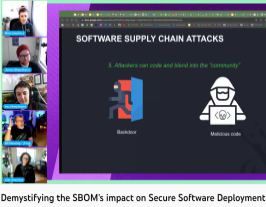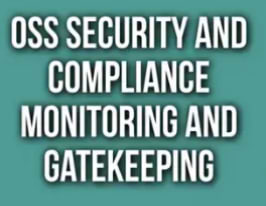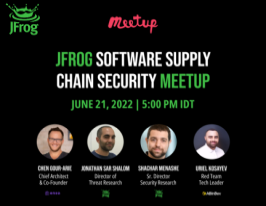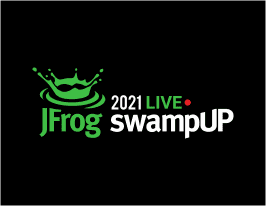“We NEED to talk about Software Supply Chain!!!” @ DOGCAST The DevOps Webcast by NADOG
Speaker: William Manning, Solutions Engineering Manager - Americas @JFrog
March 21, 2023
< 1 min read
“We NEED to talk about Software Supply Chain!!!” @ DOGCAST The DevOps Webcast by NADOG
Ensuring that your company has the most reliability doesn’t start with the deployment but with the development of the hosted software. The applications you are running are susceptible to everything from security issues with third-party libraries that make up 85-90% of the software you host and misconfigurations and other threats to its reliability. This will also help you protect your company by helping ensure your company’s integrity and reputation. This session will cover everything from shift left (Secure Software Supply Chain) to shift right and how you can use it to make your software delivery more efficient and reliable in production. Everything from NPM to Kubernetes.






